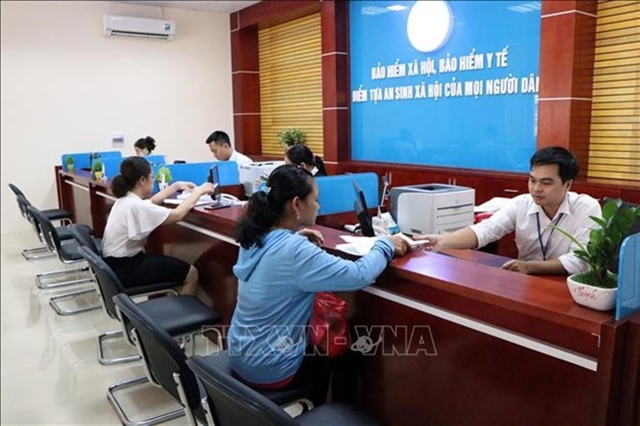 Society
Society


|
| People come to have their health insurance procedures handled at the Vietnam Social Security's branch of Tứ Kỳ district, Hải Dương province. VNA/VNS Photo |
HÀ NỘI
The event,
Over 3 million out of the 6.2 million people with disabilities throughout the country have enjoyed free health insurance, he added.
Meanwhile, the remainder had to purchase health insurance and
Many people with disabilities are living in poor conditions and have limited access to healthcare services. Families with a person with disabilities accounted for 55 per cent of the lowest-income population. Calculations
According to the national survey on people with disabilities in 2016, about 92 per cent of the people with disabilities were sick, injured or used medical services within a year before the time of the survey, nearly 20 per cent higher than those without.
Some 15 per cent of disabled people struggle to walk without assistive devices. With an assistive device, the figure will drop to only 1.94 per cent. Therefore, if these tools




